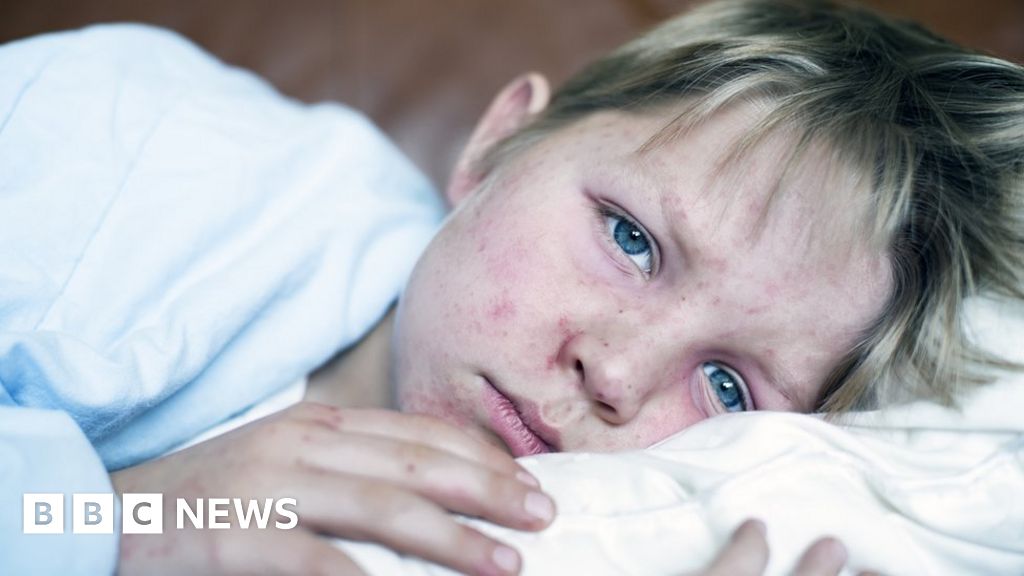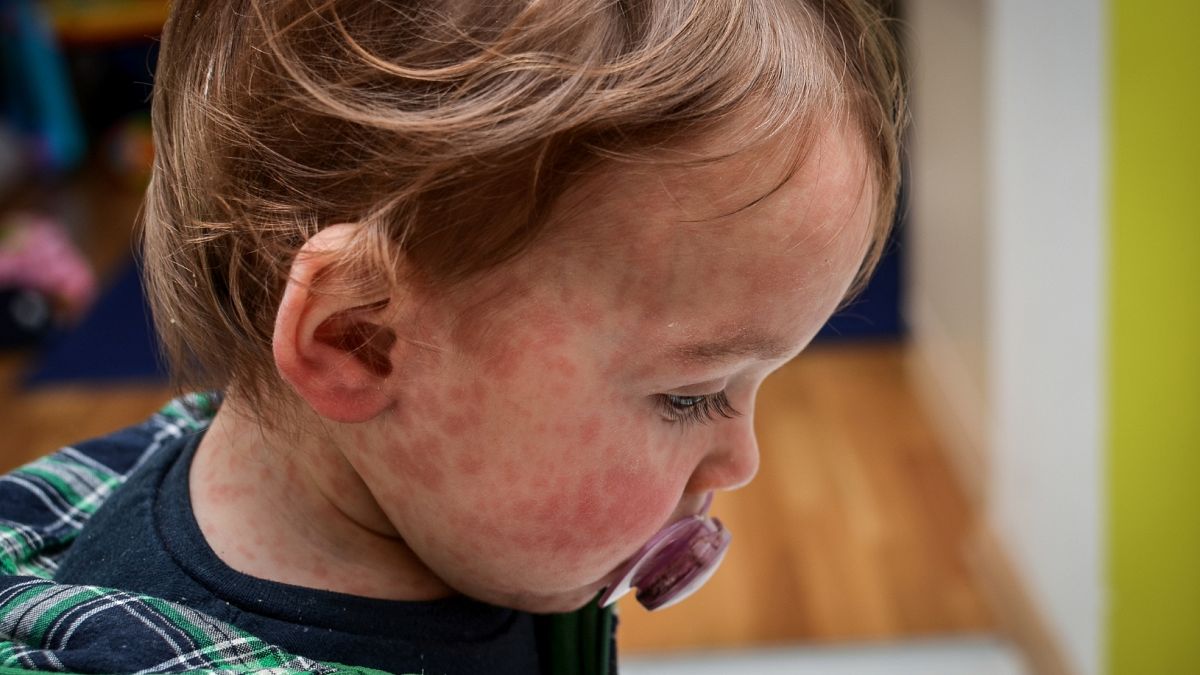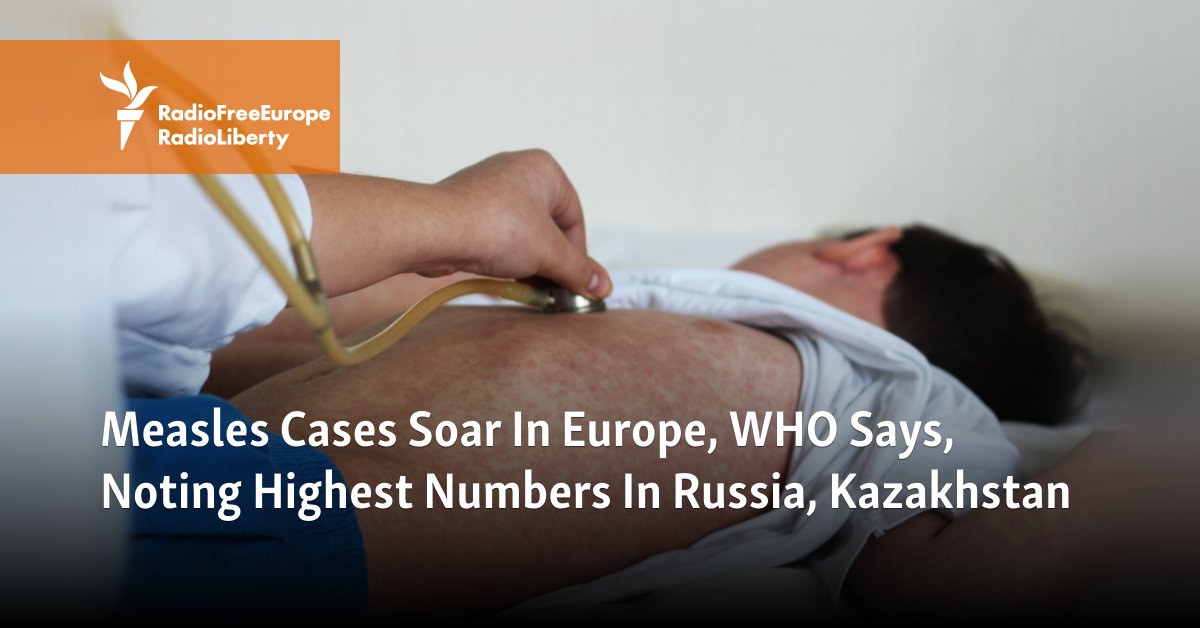
The World Health Organization (WHO) has reported an alarming 45-fold increase in measles cases in Europe last year, compared to the whole of 2023. The WHO believes this is a result of fewer children being vaccinated against the disease during the Covid pandemic. Vaccination rates for the first dose of MMR vaccine slipped from 96% in 2019 to 93% in 2021 across Europe, and uptake of the second dose fell from 92% to 91 over that same period. The UK has already declared a national incident over an outbreak in central England.

